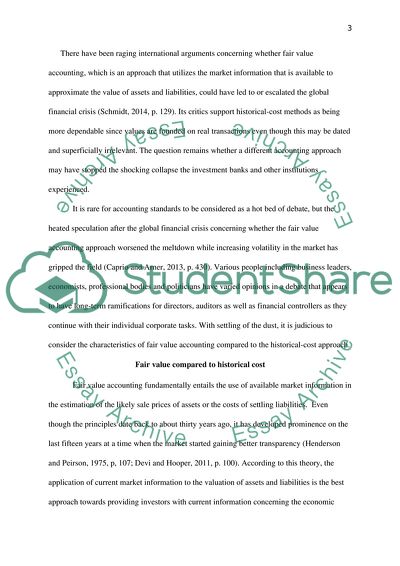Cite this document
(Advanced Financial Reporting and Regulation Assignment, n.d.)
Advanced Financial Reporting and Regulation Assignment. https://studentshare.org/finance-accounting/1863804-advanced-financial-reporting-and-regulation
Advanced Financial Reporting and Regulation Assignment. https://studentshare.org/finance-accounting/1863804-advanced-financial-reporting-and-regulation
(Advanced Financial Reporting and Regulation Assignment)
Advanced Financial Reporting and Regulation Assignment. https://studentshare.org/finance-accounting/1863804-advanced-financial-reporting-and-regulation.
Advanced Financial Reporting and Regulation Assignment. https://studentshare.org/finance-accounting/1863804-advanced-financial-reporting-and-regulation.
“Advanced Financial Reporting and Regulation Assignment”. https://studentshare.org/finance-accounting/1863804-advanced-financial-reporting-and-regulation.


